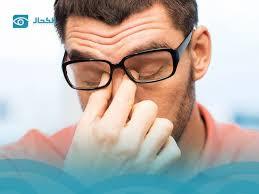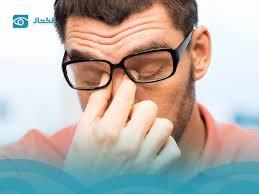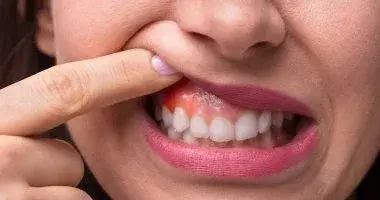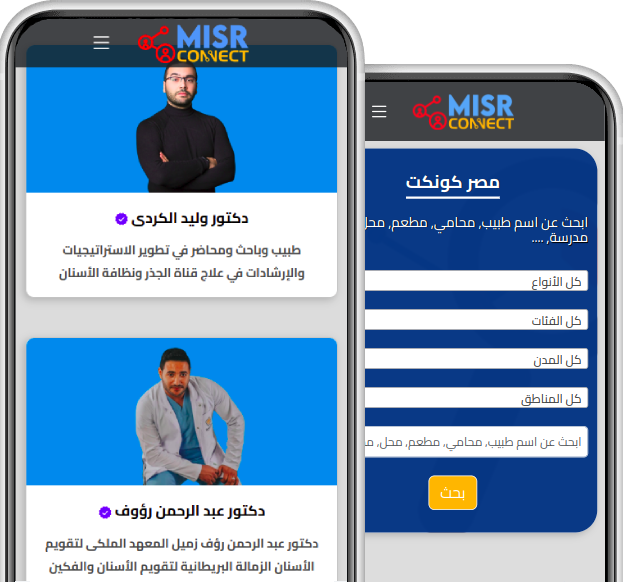Iron Deficiency May Lead to Vision Problems and Eye Diseases, Experts Warn
Recent medical studies indicate that iron deficiency can affect not only energy and blood health but also eye function and vision. Low iron levels may lead to dry eyes, blurred vision, and increase the risk of developing chronic eye conditions.

Medical research highlights that iron deficiency can negatively impact eye health and visual performance. Iron plays a vital role in producing red blood cells and supplying oxygen to eye tissues, including the retina. When iron levels drop, oxygen and nutrient delivery to the eyes decreases, which can result in various symptoms that may signal underlying vision issues.
Key Eye Symptoms Linked to Iron Deficiency:
Eye strain and blurred vision: People with low iron often experience heavy or tired eyes after reading or using screens for long periods due to reduced oxygen supply, leading to visual fatigue and unclear vision.
Dry eyes: Insufficient iron can affect tear production, causing dryness, irritation, and a persistent burning or gritty sensation.
Pale conjunctiva: The thin membrane covering the white part of the eye may appear unusually pale as a result of reduced red blood cell count.
Frequent eye infections: Weakened immunity from iron deficiency increases susceptibility to eye infections such as conjunctivitis and keratitis.
Intermittent blurry vision: Reduced oxygen flow to the retina can cause recurring vision blurriness or difficulty focusing.
Eye Diseases Associated with Iron Deficiency:
Low iron levels have been linked to several chronic eye conditions, including:
Cataracts: Caused by oxidative stress and reduced cellular resistance to damage, which may occur earlier with iron deficiency.
Age-related macular degeneration (AMD): Iron deficiency may impair nutrient supply to retinal cells, leading to gradual deterioration of central vision.
Chronic dry eye disease (DED): Disruption in the glands responsible for tear secretion can result in persistent dryness and discomfort.
General Symptoms of Iron Deficiency:
Eye-related symptoms are often accompanied by general signs such as fatigue, dizziness, pale skin, cold hands and feet, brittle nails, and hair loss.
Prevention and Treatment:
Experts recommend regular iron level testing, particularly for individuals with unexplained visual symptoms. A diet rich in iron—such as red meat, lentils, spinach, beans, and eggs—is essential. Iron supplements may be prescribed when necessary under medical supervision. Additionally, consuming vitamin C-rich foods can help enhance iron absorption.
تؤكد دراسات حديثة أن اتباع عادات بسيطة مثل النشاط البدني المنتظم وشرب القهوة يمكن أن يسهم في تقليل خطر أمراض الكبد وتحسين وظائفه بشكل ملحوظ.
أظهرت دراسات حديثة أن الجلوس لساعات طويلة وقلة الحركة اليومية قد تسبب تلف المفاصل والعضلات، مما يزيد من خطر الإصابة بالتهاب المفاصل حتى في سن الشباب.
دراسة حديثة تكشف أن تناول جرعات عالية من مكملات فيتامين سي يمكن أن يسبب أضرارًا خطيرة للكلى ويزيد خطر تكوّن الحصوات، خاصة لدى الرجال ومن لديهم تاريخ مرضي سابق.
دراستان جديدتان تكشفان عن علاقة قوية بين أمراض اللثة وتسوس الأسنان وزيادة خطر السكتة الدماغية، مما يبرز أهمية العناية بصحة الفم لحماية الدماغ والقلب.




